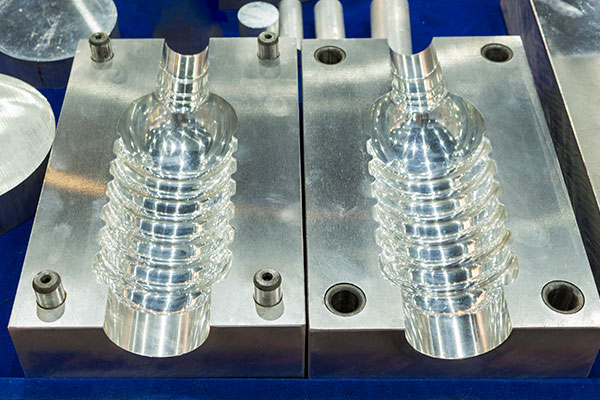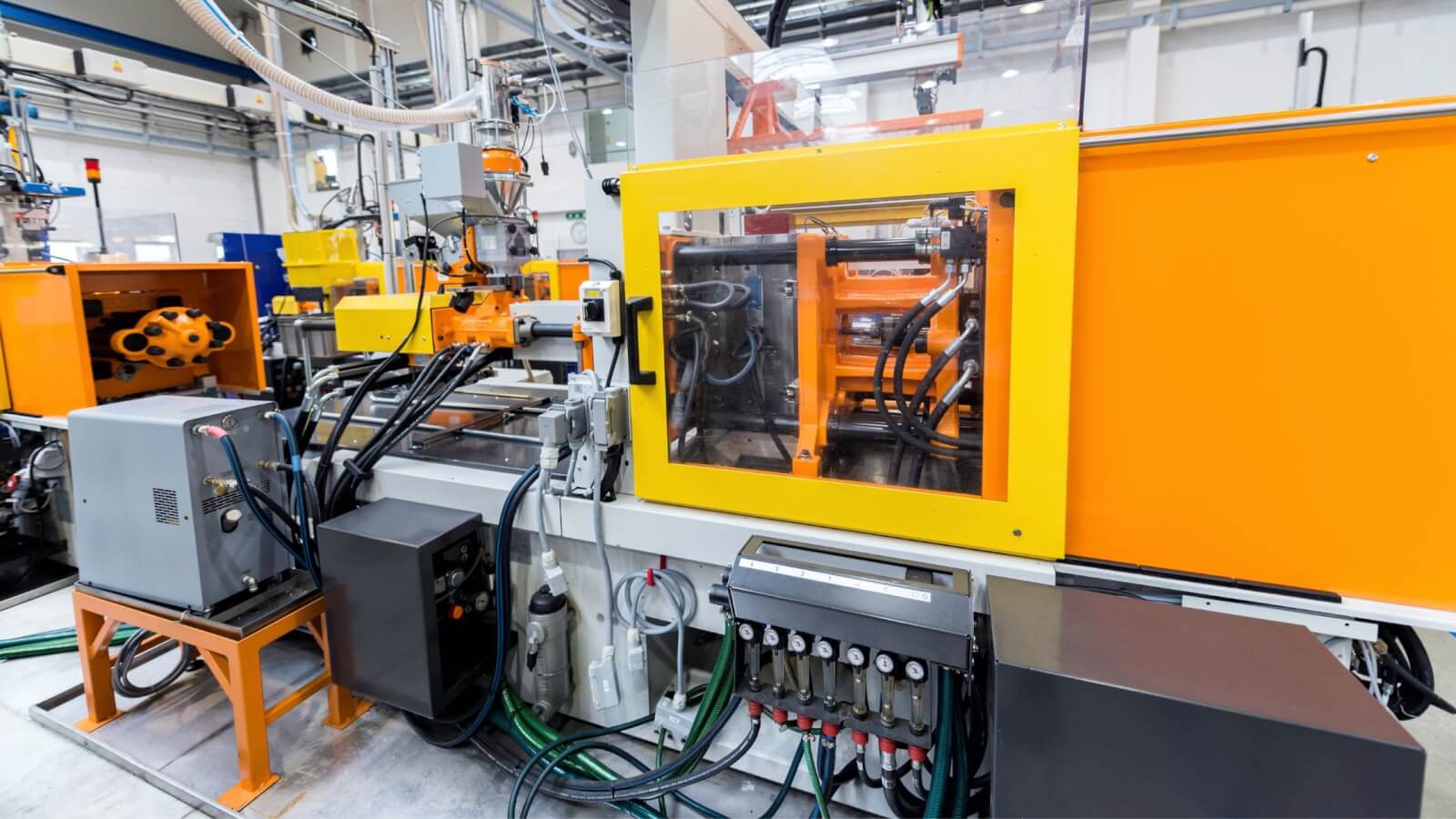The Effect of Plastic Injection Molding on Decreasing Production Costs and Waste
The Effect of Plastic Injection Molding on Decreasing Production Costs and Waste
Blog Article
Recognizing the Basics of Plastic Shot Molding Procedures
Plastic injection molding serves as a foundation of modern-day manufacturing, offering a methodical technique to creating complicated parts with accuracy. This procedure not just incorporates the fundamental steps of melting and injecting materials right into mold and mildews yet additionally entails a nuanced understanding of various influencing elements, such as temperature and pressure. As industries increasingly demand effectiveness and high quality, the details of this methodology become much more important. Discovering these essential elements could reveal just how even small changes can bring about substantial renovations in manufacturing results, questioning regarding the potential for innovation in this well-known process.
What Is Plastic Injection Molding?
Plastic injection molding is a commonly used manufacturing process that transforms thermosetting and polycarbonate materials right into accurate and complex shapes. This technique is favored for its capability to generate high volumes of similar parts with remarkable accuracy, making it an important approach in different industries, including vehicle, durable goods, and medical gadgets.
The procedure includes thawing the chosen plastic product and injecting it right into a mold and mildew under high pressure. The mold, developed to the specs of the wanted part, enables the molten plastic to take form as it cools down and solidifies. Once the material has actually set, the mold and mildew is opened up, and the finished element is expelled.
Plastic shot molding uses numerous advantages, consisting of decreased waste, uniformity in production, and the capacity to include elaborate styles that may be testing with other producing approaches. Furthermore, it supports a wide array of materials, each supplying unique residential properties that can be customized for particular applications. As sectors proceed to innovate, plastic shot molding stays at the leading edge, enabling the advancement of innovative products that meet progressing consumer demands.
The Injection Molding Refine
The injection molding procedure is an advanced technique that entails a number of key stages to produce premium plastic elements. Plastic pellets are fed into a heated barrel where they are melted right into a viscous liquid. This molten plastic is after that infused under high pressure right into a precision-engineered mold, which forms the product right into the preferred form.
As soon as the mold is loaded, the plastic is permitted to solidify and cool, taking the form of the mold and mildew cavity. Cooling time is critical, as it influences the cycle time and the last residential or commercial properties of the molded part. After adequate cooling, the mold opens up, and the finished element is expelled using ejector pins.

Products Made Use Of in Shot Molding
Numerous products can be used in the shot molding procedure, each offering one-of-a-kind residential or commercial properties that cater to particular applications. The most commonly made use of products consist of thermoplastics, thermosetting plastics, and elastomers.

Thermosetting plastics, like epoxy and phenolic resins, undertake a chemical change during the treating procedure, resulting in a rigid, stringent framework. These materials are optimal for applications calling for high heat resistance and structural stability, often used in electric insulators and vehicle components.
Elastomers, including silicone and rubber-based products, give flexibility and resilience. Their distinct buildings make them suitable for applications that demand elasticity, such as seals and gaskets.
Furthermore, specialty materials like bio-based plastics and composites are getting grip for their ecological advantages and boosted efficiency features, expanding the scope of injection molding applications in various markets. Comprehending the residential properties of these products is vital for picking the ideal kind for certain jobs.
Benefits of Injection Molding
Injection molding sticks out as a very reliable manufacturing process that offers countless benefits for creating intricate components with accuracy. One of the most substantial advantages is the capability to create intricate layouts that would be difficult or difficult to achieve with various other techniques (Plastic Injection Molding). The process enables tight tolerances and comprehensive features, making sure top notch elements
Additionally, shot molding is known for its quick production capabilities, making it an excellent option for high-volume manufacturing. As soon as the mold is developed, parts can be generated swiftly, decreasing preparations and enhancing total efficiency. This effectiveness not just reduces manufacturing expenses yet likewise gives an one-upmanship on the market.
The convenience of materials made use of in injection molding additionally boosts its allure. A vast array of thermoplastics and thermosetting polymers can be utilized, permitting manufacturers to choose products that ideal meet their details requirements, consisting of adaptability, warmth, and strength resistance.
In addition, the process reduces waste, as excess material can usually be recycled and reused. This sustainability aspect adds to a lowered ecological impact, making injection molding a responsible manufacturing option. Generally, the benefits of shot molding make it a recommended method for many sectors.
Elements Impacting Item High Quality
While many variables can influence item top quality in shot molding, recognizing great post to read these components is crucial for achieving optimal outcomes. Trick facets consist of product choice, refining specifications, and mold style.
Product choice plays a vital function, as various polymers exhibit unique homes that influence flowability, stamina, and thermal stability. Inadequate material selection can bring about issues such as bending or incomplete filling.
Handling specifications, including stress, temperature level, and cycle time, need to be carefully controlled. Variants in these settings can result in incongruities partly dimensions and surface area finish. For instance, exceedingly heats might trigger degradation of the polymer, while poor pressure can result in brief shots.
Mold style is equally vital, as it identifies the flow of the molten plastic and the cooling procedure. Poorly created molds might lead to unequal cooling prices, causing recurring stress and anxieties and dimensional inaccuracies.

Final Thought
To conclude, plastic shot molding acts as a critical production process that enables the effective manufacturing of top notch parts. Mastery of the injection molding procedure, including the understanding of products and the impact of numerous aspects on item top quality, is vital for achieving optimal results. The advantages of this method, such as cost-effectiveness and design flexibility, more highlight its value throughout several sectors, solidifying its condition as a favored option for high-volume production.
Plastic injection molding serves as a foundation of contemporary manufacturing, giving a systematic method to producing intricate elements with accuracy.Plastic injection molding provides several benefits, including lowered waste, consistency in manufacturing, and the ability to incorporate detailed styles that might be challenging with various other producing approaches (Plastic Injection Molding). special info As markets continue to introduce, plastic shot molding continues to be at the leading edge, making it possible for the development of advanced products that meet advancing consumer needs
The shot molding process is an innovative technique that entails several crucial stages to create high-quality plastic elements.In verdict, plastic injection molding offers as a critical manufacturing procedure that enables the effective manufacturing of top quality elements.
Report this page